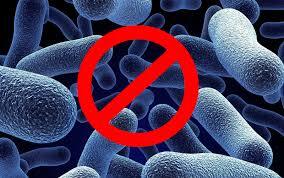A comparative study of antibacterial and antivirulence activities of four selected honeys to Manuka honey

https://ijm.tums.ac.ir/index.php/ijm/article/view/3390
ABSTRACT
Background and Objectives: Honey has excellent antibacterial properties against various microorganisms of several different species. To date, there is no comparative evaluation of the antibacterial activity of Jarrah honey (JH), Kelulut Madu honey (KMH), Gelam honey (GH), and Acacia honey (AH) with that of Manuka honey (MH). The purpose of this study was to conduct such study and to compare the antibacterial activity of JH, KMH, GH, and AH with that of MH against Pseudomonas aeruginosa and Streptococcus pyogenes.
Materials and Methods: Activity was assessed using broth microdilution, time kill viability, microtiter plate, scanning electron microscope (SEM) and Quantitative Real-Time Polymerase Chain Reaction (RT-qPCR).
Results: The susceptibility tests revealed promising antibacterial activities of all honeys against both bacteria. The MICs of JH, KMH, GH, and AH ranged from 20% to 25% compared to MH (12.5%) against both bacteria. The MBCs of JH, KMH, GH, and AH ranged from 20% to 50% compared to MH (20%) against both bacteria. Treatment of both bacteria with 2× MIC (Minimum inhibitory concentration) of MH, JH, KMH, GH, and AH for 9 hours resulted in reduction in colony-forming unit (CFU/ml). SEM images showed that the morphological changes, cell destruction, cell lysis and biofilm disruption in both bacteria after exposure to all honeys. RT-qPCR analysis revealed that the expression of all genes in both bacteria were downregulated following treatment with all honeys. Among the all-tested honeys, MH showed the highest total antibacterial and antivirulence activities.
Conclusion: Our results indicate that all honeys activity included inhibition of both bacteria due to a decrease in expression of essential genes associated with both bacteria, suggesting that all honeys could potentially be used as an alternative therapeutic agent against certain microorganisms particularly against P. aeruginosa and S. pyogenes.
